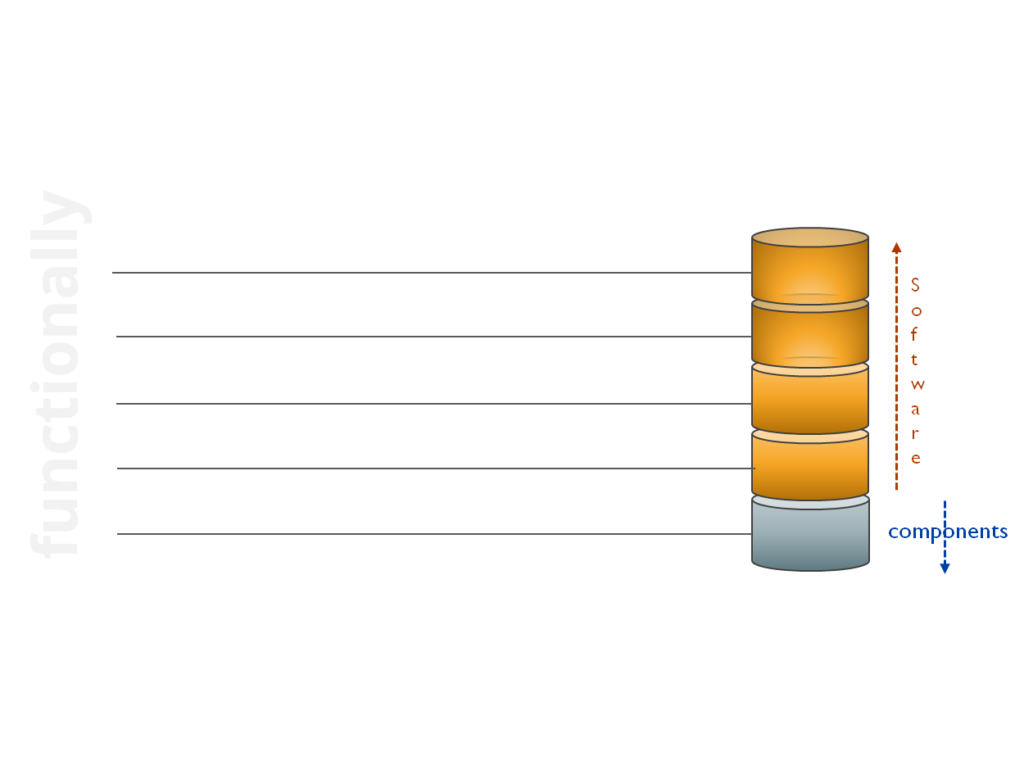
From CORE to STUDIO to GLASS to your insight, the iVEDiX platform transforms the living data from across your business and assets into highly actionable intelligence.

Sensors to Dashboards
iVEDiX uses the latest frameworks and developments in IoT technologies to connect, capture, process and display digitized asset movements while providing immediate visibility into its location, status, condition, environment, and history. It also has the capability to compute and aggregate to provide actionable intelligence including notifications and alerts in real-time.
Connect and Capture
The iVEDiX IOT engine, CORE, reads data from sensors and tags where they are deployed and maps them through iVEDiX STUDIO. Data elements captured from the sensors are all day/time stamped, and factors such as location, proximity, temperature, motion, and acceleration. The data. can be transmitted using any one or a combination of the connecting technologies used today. Specific use cases will dictate which of the following RTLS (Real-Time Locating System) technologies will be in play.
Configuration and Capabilities
Configure your assets, location, rules, thresholds, workflows to provide depth and dimension to your asset data. The rich context of your asset data will prove to be invaluable in the high-quality, high-frequency, highly actionable insights you receive, including critical notifications that come from the data disseminated from the sensors and assets.




From CORE to STUDIO to GLASS to your insight, the iVEDiX platform transforms the living data from across your business and assets into highly actionable intelligence.
Sensors to Dashboards
iVEDiX uses the latest frameworks and developments in IoT technologies to connect, capture, process, and display digitized asset movements while providing immediate visibility into its location, status, condition, environment, and history. It also has the capability to compute and aggregate to provide actionable intelligence including notifications and alerts in real-time.


Connect and Capture
The iVEDiX IOT engine, CORE, reads data from sensors and tags where they are deployed and maps them through iVEDiX STUDIO. Data elements captured from the sensors are all day/time stamped, and factors such as location, proximity, temperature, motion, and acceleration. The data. can be transmitted using any one or a combination of the connecting technologies used today. Specific use cases will dictate which of the following RTLS (Real-Time Locating System) technologies will be in play.
Configuration and Capabilities
Configure your assets, location, rules, thresholds, workflows to provide depth and dimension to your asset data. The rich context of your asset data will prove to be invaluable in the high-quality, high-frequency, highly actionable insights you receive, including critical notifications that come from the data disseminated from the sensors and assets.

